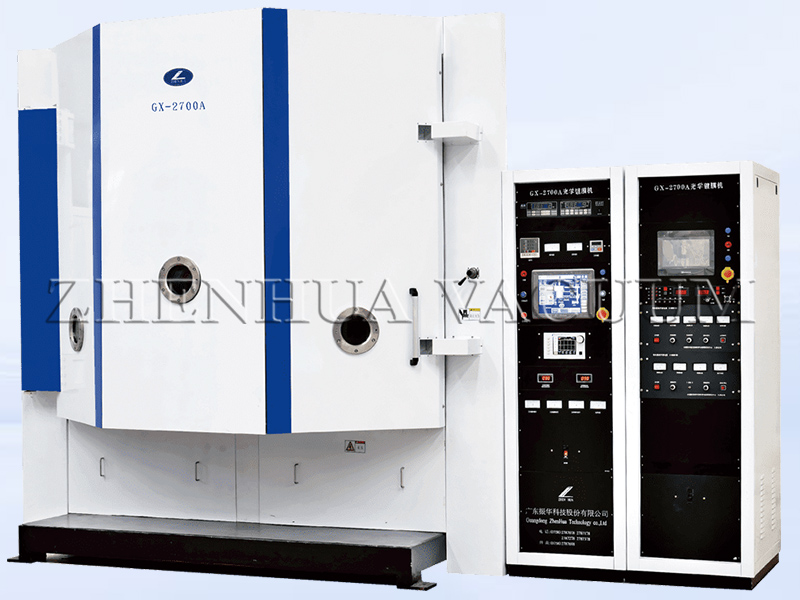E-beam vacuum coating, or electron beam physical vapor deposition (EBPVD), is a process used to deposit thin films or coatings onto various surfaces. It involves using an electron beam to heat and vaporize a coating material (like metal or ceramic) in a high vacuum chamber. The vaporized material then condenses onto a target substrate, forming a thin, uniform coating.
Key Components:
- Electron Beam Source: A focused electron beam heats the coating material.
- Coating Material: Usually metals or ceramics, placed in a crucible or tray.
- Vacuum Chamber: Maintains a low-pressure environment, which is critical for preventing contamination and allowing the vaporized material to travel in straight lines.
- Substrate: The object being coated, positioned to collect the vaporized material.
Advantages:
- High Purity Coatings: The vacuum environment minimizes contamination.
- Precise Control: Thickness and uniformity of the coating can be finely controlled.
- Wide Material Compatibility: Suitable for metals, oxides, and other materials.
- Strong Adhesion: The process leads to excellent bonding between the coating and substrate.
Applications:
- Optics: Anti-reflective and protective coatings on lenses and mirrors.
- Semiconductors: Thin metal layers for electronics.
- Aerospace: Protective coatings for turbine blades.
- Medical Devices: Biocompatible coatings for implants.
–This article is released by vacuum coating machine manufacturer Guangdong Zhenhua
Post time: Sep-25-2024


